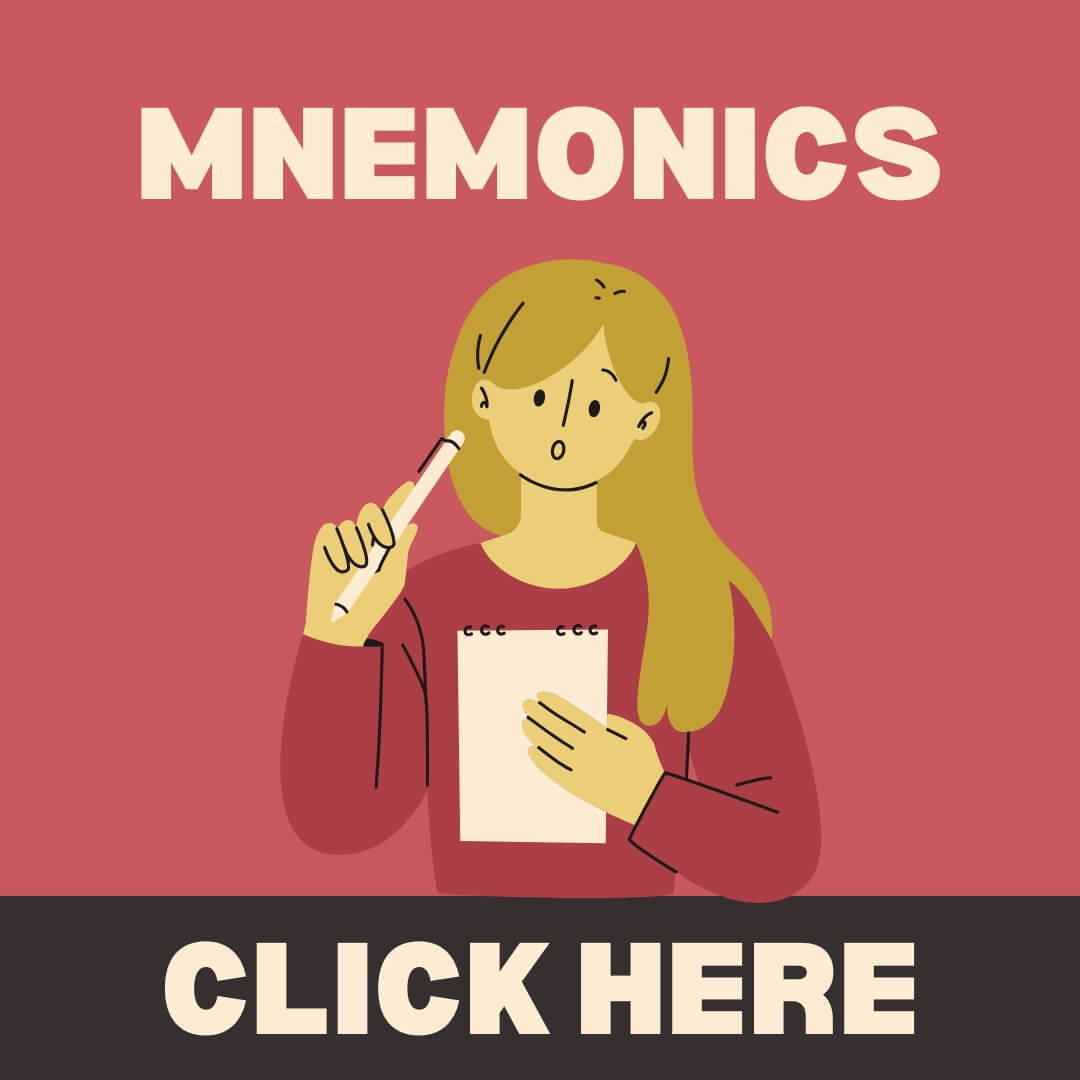The Origin of Gesticulate: From Past to Present
Introduction to the Origin of Gesticulate
The word “gesticulate” is a vivid and expressive term that captures the act of communicating through gestures. It derives from Latin and has evolved over time to describe animated or emphatic movements used to convey meaning. Understanding the origin of “gesticulate” not only enriches our vocabulary but also sheds light on the importance of nonverbal communication throughout history. In this article, we will explore the fascinating etymology and cultural journey of this dynamic word.
Tracing the History of Gesticulate
The word “gesticulate” originates from the Latin verb gesticulārī, which itself is derived from gestus, meaning “gesture” or “movement.” The suffix -culārī indicates an action, giving the word its sense of performing gestures. By the 17th century, “gesticulate” entered the English language, primarily describing exaggerated hand movements used in speech and storytelling. Over time, it became a more refined way of referring to the expressive bodily motions that accompany spoken language, especially in emotional or persuasive communication.
The Cultural Journey of Gesticulate
Throughout history, gestures have played a vital role in human communication, particularly in cultures where body language is deeply embedded in social interactions. In literature and theater, “gesticulate” has often been used to describe the dramatic movements of actors emphasizing their lines. The word also appears frequently in travel writing, where authors describe the expressive hand gestures characteristic of certain cultures, such as those found in Italian or Mediterranean communication styles. As public speaking and performance arts evolved, gesticulation became a recognized technique for enhancing rhetoric and engagement.
Modern-Day Relevance of Gesticulate
Today, “gesticulate” remains a relevant term in discussions about body language, public speaking, and even digital communication, where emojis and animated gestures serve as modern equivalents. In professional settings, controlled gesticulation is often encouraged to reinforce verbal messages, while excessive gestures can sometimes be perceived as distracting. Whether in business meetings, political speeches, or casual conversations, gesticulation continues to be an integral part of effective communication.
Bonus Tip: Use “gesticulate” in a sentence, e.g., “The professor tended to gesticulate wildly while explaining complex theories, making his lectures both engaging and memorable.”
Why Gesticulate Matters
Understanding the origin and evolution of “gesticulate” highlights the significance of nonverbal expression in human interaction. From ancient rhetoric to modern communication, gesticulation remains an essential tool for conveying emotions and enhancing spoken words. The next time you notice someone gesticulating passionately, remember that they are continuing a long tradition of expressive communication that dates back centuries.



















